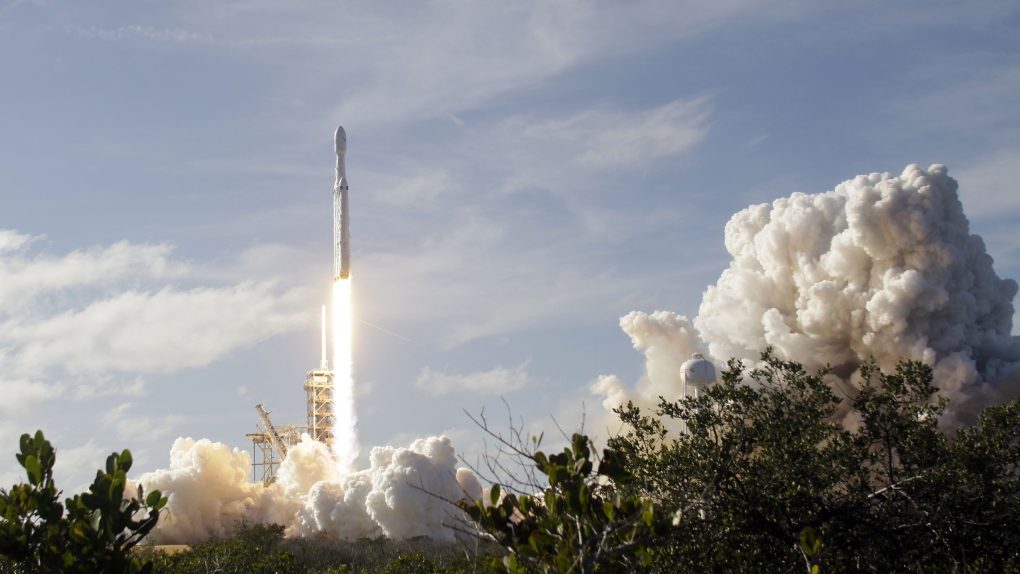SpaceX has had an incredibly busy year. The company has been sticking to a schedule of satellite launches for a variety of clients, while also continuing to develop its Starship rocket-of-the-future, and running resupply missions to the International Space Station for NASA.
With all that in mind, SpaceX’s latest launch, which took place on Monday night, was like icing on an already delicious cake. The mission, which saw the deployment of an internet satellite designed to service the South Pacific ocean, went rather smoothly. Everything went perfectly… almost.
The launch, the deployment of the satellite, and even the landing of the booster on SpaceX’s drone ship went as planned. Unfortunately, SpaceX’s plan to snatch the nosecone fairings didn’t go as planned, and both of the halves splashed down in the ocean instead of landing in the nets attached to SpaceX’s barges.
Ms. Tree and Ms. Chief narrowly missed catching the fairing halves—team is working to recover them for potential use on a future flight
— SpaceX (@SpaceX) December 17, 2019
Catching the nosecone fairings has proven difficult for SpaceX. The company has honed its technique over many failed attempts and has seen limited success. SpaceX has managed to grab and refurbish some of the nosecones it’s used in the past, including some which have splashed down in the ocean.
Refurbishing the nosecones and reusing them could potentially save a lot of money for SpaceX. The company’s entire business model is built around the idea of reusing hardware several times over. In that regard, it makes sense for SpaceX to attempt to reuse as many components as possible.
Despite failing to capture the nosecone fairings in the net-equipped barges, SpaceX says it may still be able to reuse them. Seawater can seriously damage sensitive rocket components, but SpaceX may still be able to work its magic.








